After our long, involved border crossing into Angola earlier this year, we weren’t sure what to expect when we got to the SA/Moz border at Pafuri. Greg organised our vehicle insurance online, thankfully, as it would not have been possible to do on the spot. We deliberately chose places to stay close to the border on each side, in case it took us a long time, but it all went very smoothly.
To get to the Pafuri border, one has to drive through the very northern part of Kruger National Park, so we had to pay the entry fee of R774 AUD$77. We were in the park for about an hour, but we did get to see part of the park we hadn’t seen before and some wildlife – a couple of elephants, a couple of water buffalo, a couple of blue wildebeest, some warthogs and some monkeys.
We’d been assured that we didn’t need a ‘fixer’ to ‘help’ us get through Immigration and Customs on the Moz side, and in fact there was no one around apart from officials and only a few people entering and leaving Moz. A very quiet border post. We knew we had to pay for a visa and had brought enough USD with us. At first the Immigration official would only accept Rand, but we didn’t have enough. So he said he’d accept Rand for one visa and USD for the other. Still not enough, so he finally agreed to accept USD for both visas, but only notes that had been printed after 2009 …. <eyeroll> He ended up making USD 10 out of us because we couldn’t come up with a hundred bucks in post-2009 notes. Whatever. We’d thought the visas cost USD $80 each, so we felt like we were ahead.
Then on to getting the Temporary Import Permit TIP for the car, which was a very straightforward (and free!) process. I like asking people where their family home is, and they like to tell us, and I think that helps us make a connection and ease us through the bureaucratic stuff. And then to Customs, whose ‘office’ was a desk and 2 chairs under a large shelter. They wrote us up in their big book, checked our paperwork and had a look at Clancy. They were mainly interested in whether we had brought any alcohol with us, not because we weren’t allowed to, but to see what they could get out of us. We’d hidden our booze because last time we entered Kruger we weren’t allowed to bring any in with us. This time no one checked. When we were in Louis Trichardt, Greg had bought the supermarket’s entire stock of 2L Pepsi Max bottles and before we crossed the border, I said to him ‘I bet we end up bringing n – 1 bottles into Moz with us. And that’s exactly what happened. The customs guy asked us what we had brought for them, Greg offered them a bottle of Pepsi Max (locally known as a refresco, small bribe. In Angola it was a gasosa) and we were good to go.
We planned to stay at the Dumela campground about 7kms from the border. They had posters up at the Kruger entrance office and at the Moz immigration office, but finding the actual campground was not easy. Partly due to poor signage, but also because iOverlander has the wrong coordinates entered in its information section. Or rather, it has the location of the reception/office rather than the actual campground. The office is at the top of a very steep, windy, 4WD only dirt track that makes Greg’s driveway at Willunga look like a straight, level piece of road (hint: it’s neither of those things!). So we got to the reception and the receptionist told us we were in the wrong place and that the campsite was down the hill. She didn’t mention anything about paying camping fees and at that stage we just thought we were in the wrong place. We flailed about in the bush for a while, trying to find the campsite and ended up back on the main track (definitely not a ‘road’) and finally found a sign to the campground with instructions to go and pay at Reception first. Um, nope, not going back up that track again, we’ll pay at the campsite. It was okay and we were the only ones there.
Next day, Wednesday, we were up, packed and on the road before 7am. Incredible. Our final destination was Praia Xai Xai, almost 500kms away. We knew it would take us a couple of days, but didn’t know much about the condition of the road, and as the first part was nothing more than a single dirt track, we wanted as much daylight as possible to drive in as we were only averaging around 25 – 30kms/hr. The road did improve when we got to Mapai, and for a while it was a really good sealed road, but parts of it were terrible – just a very thin layer of tar painted over sand. Other parts were very potholed and some bits were rutted sand/dirt. We found a quarry about 300kms south and camped there on Wednesday night.
Just vefore we decided to finish for the day, we drove through our first police checkpoint in Moz. A policeman checked Greg’s drivers licence and Clancy’s paperwork while a soldier checked our passports. I had to get the passports out of the places we hide them in our living area and while I was doing that, the soldier came around and said ‘Oh, this is your little house!’ Maybe he thought it was a delivery truck or something. Apparently all our paperwork was in order as we were waved off. We’ve driven through a few more checkpoints but haven’t been stopped at any more yet. In contrast, by the time we’d been in Angola for a few days, we’d been stopped at quite a few already.
Now we’re at the beach just south-east of Xai Xai, spending a couple of days at the Montego Resort. We’d really like to spend up to a week somewhere, but the beach here isn’t all that good for swimming, so we’ll head further up the coast tomorrow to see what we can find. Weather’s great, it’s off-season so we shouldn’t have any problems finding somewhere to stay.
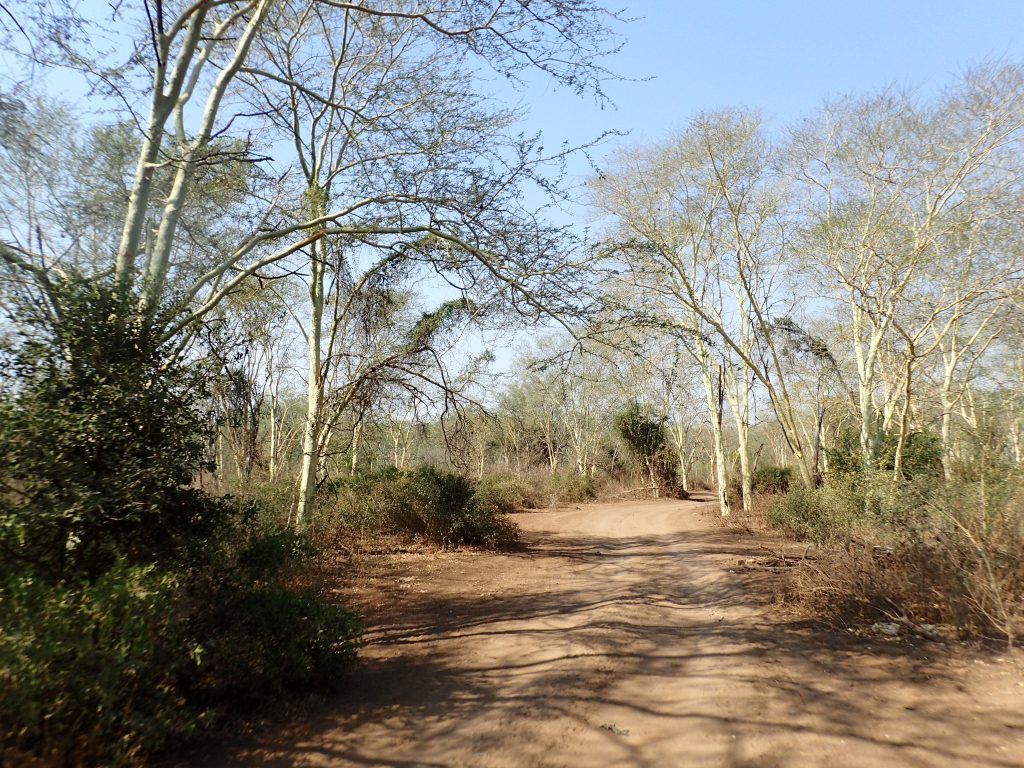
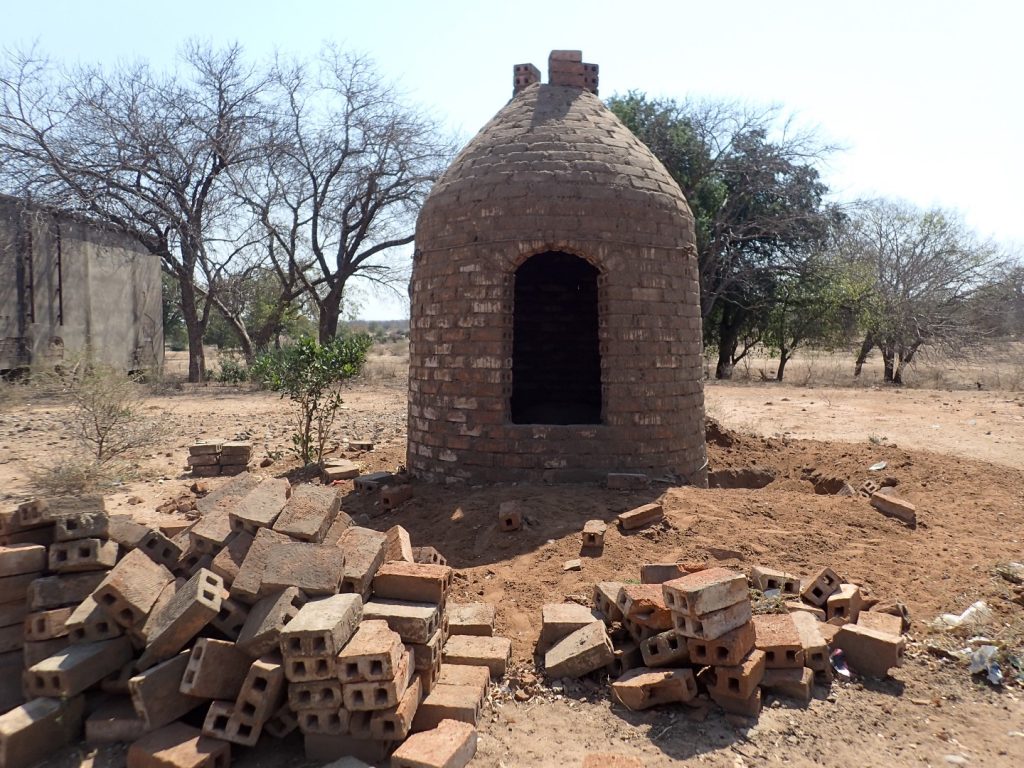
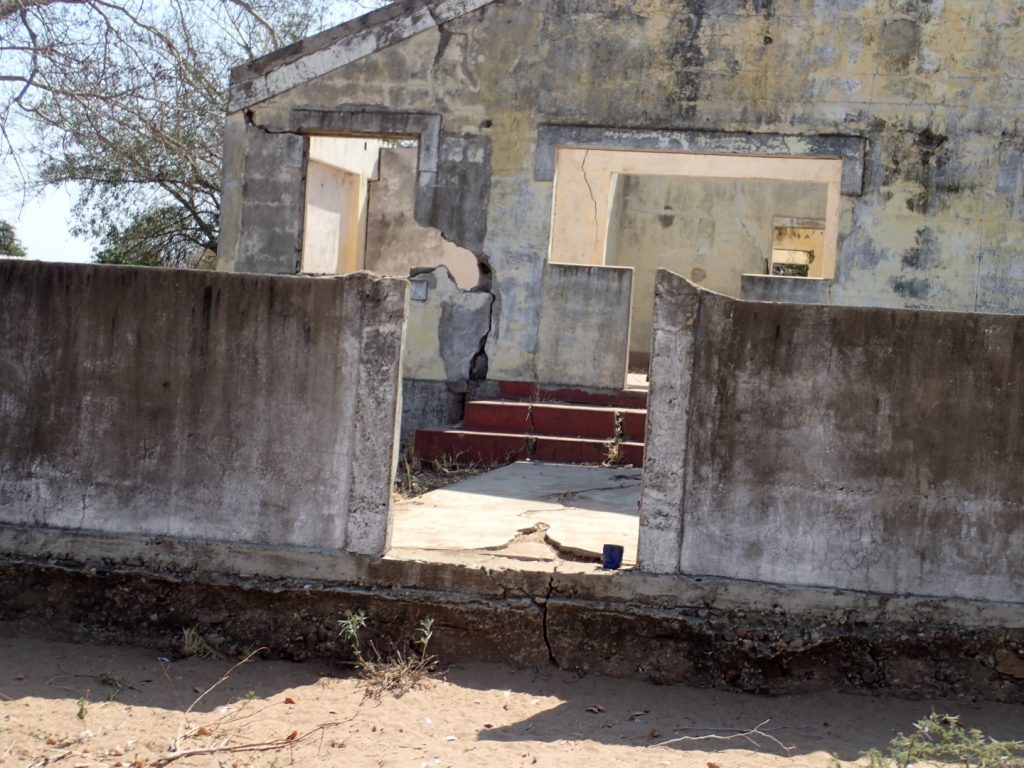
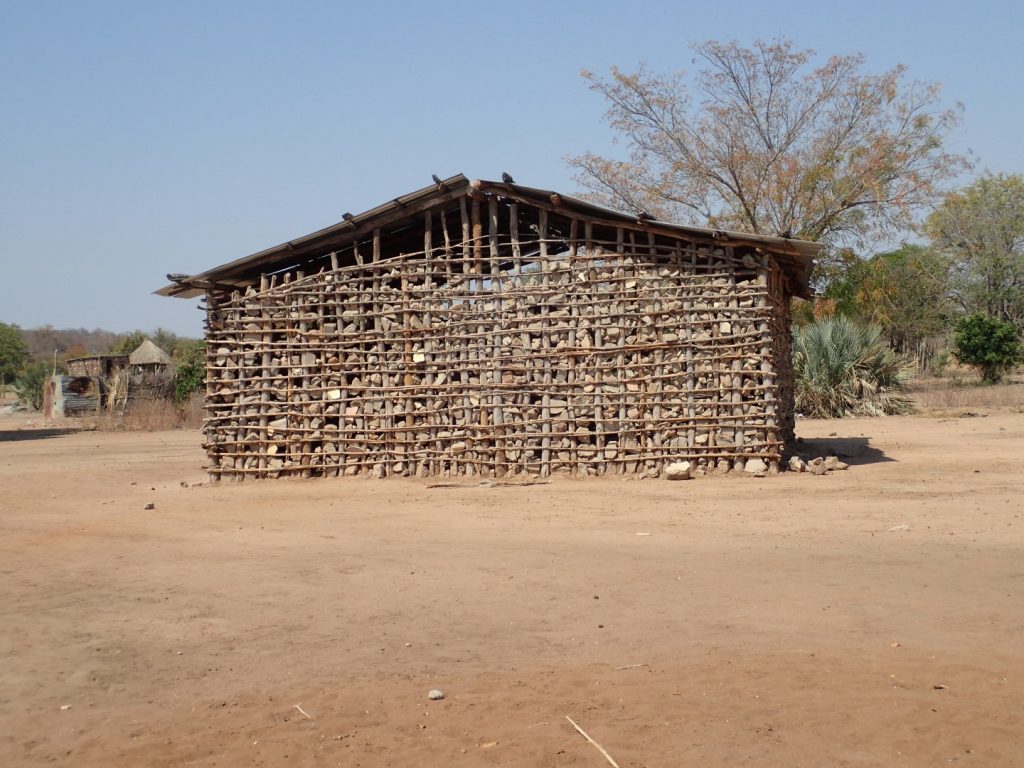
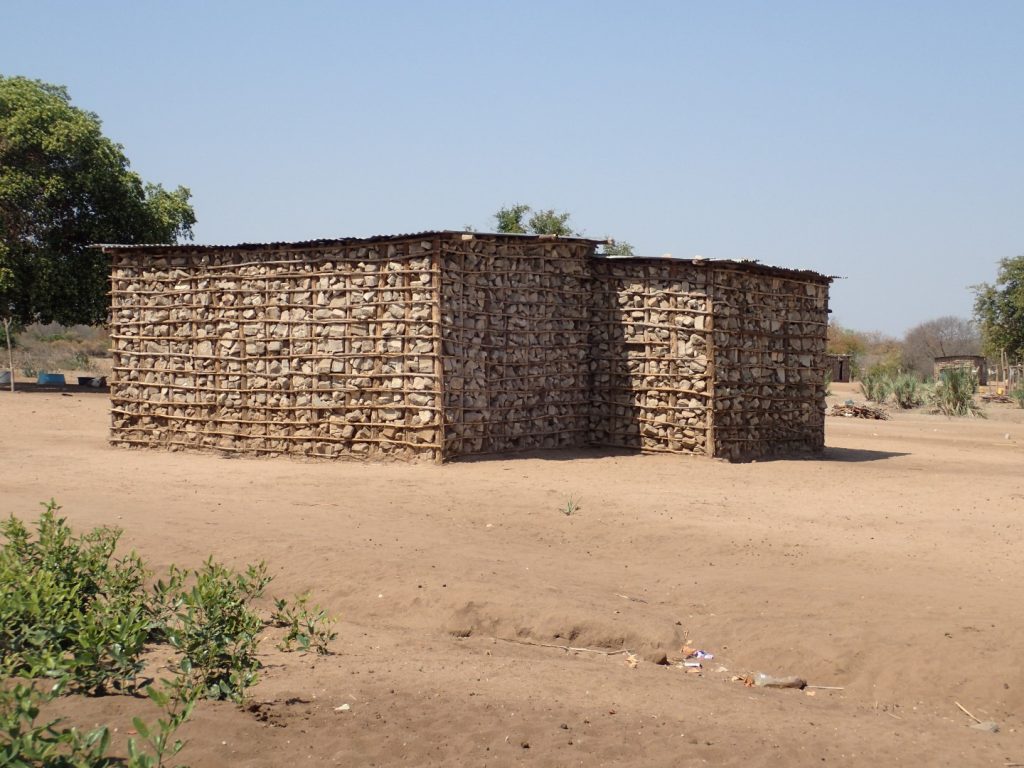
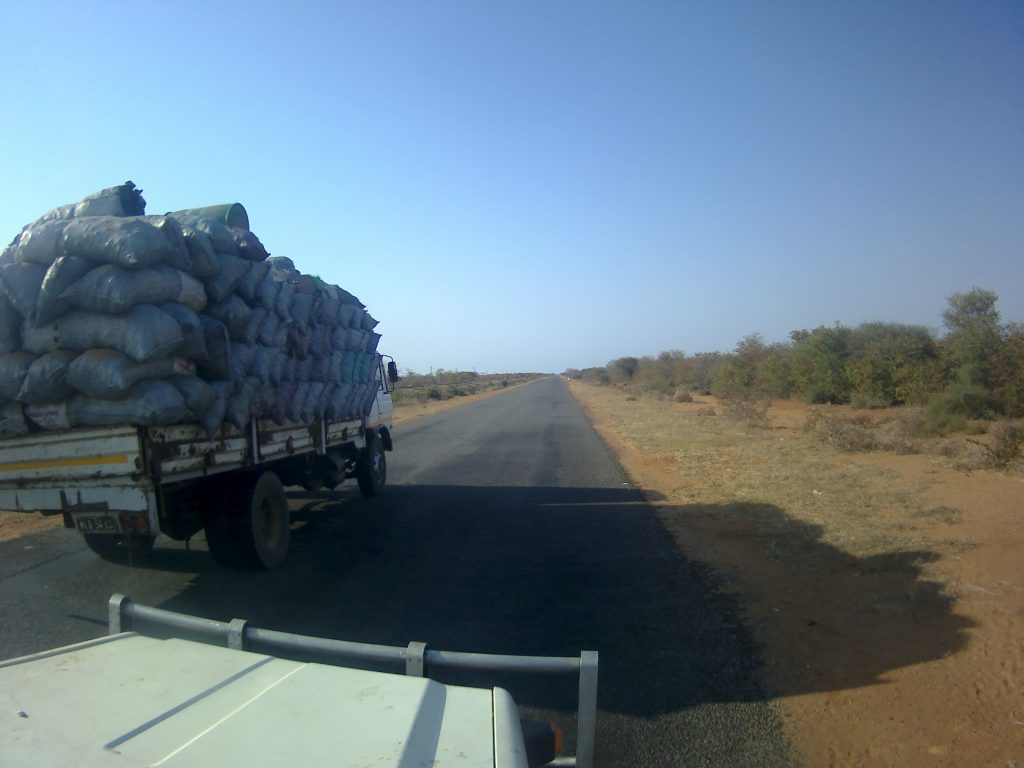
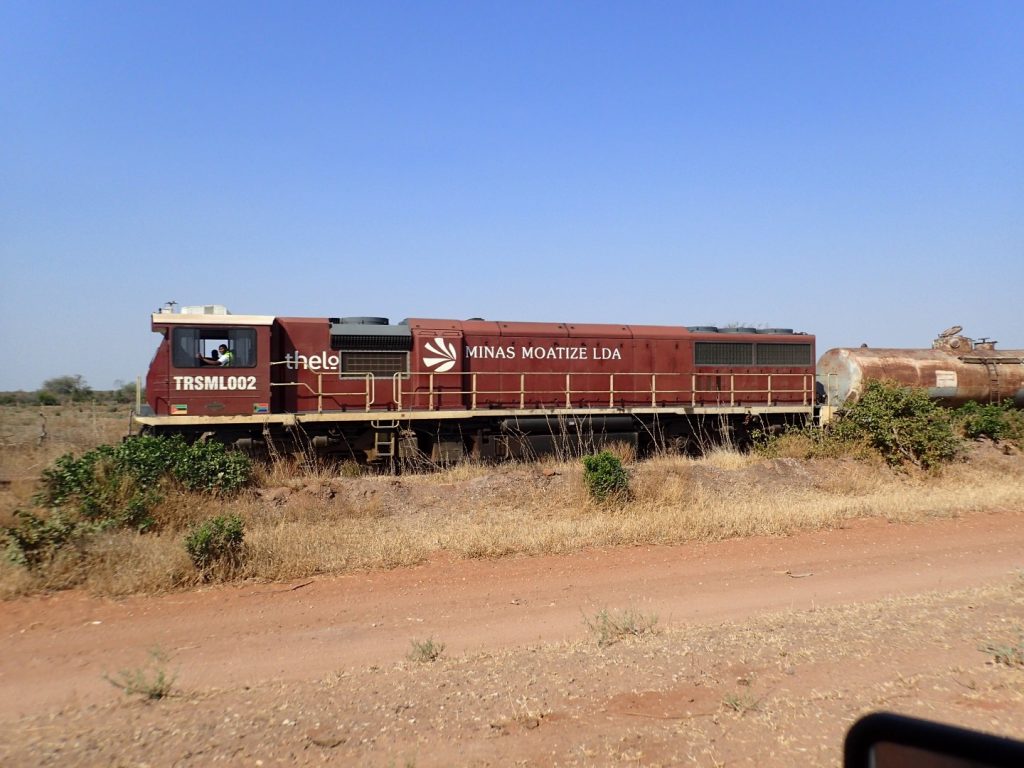
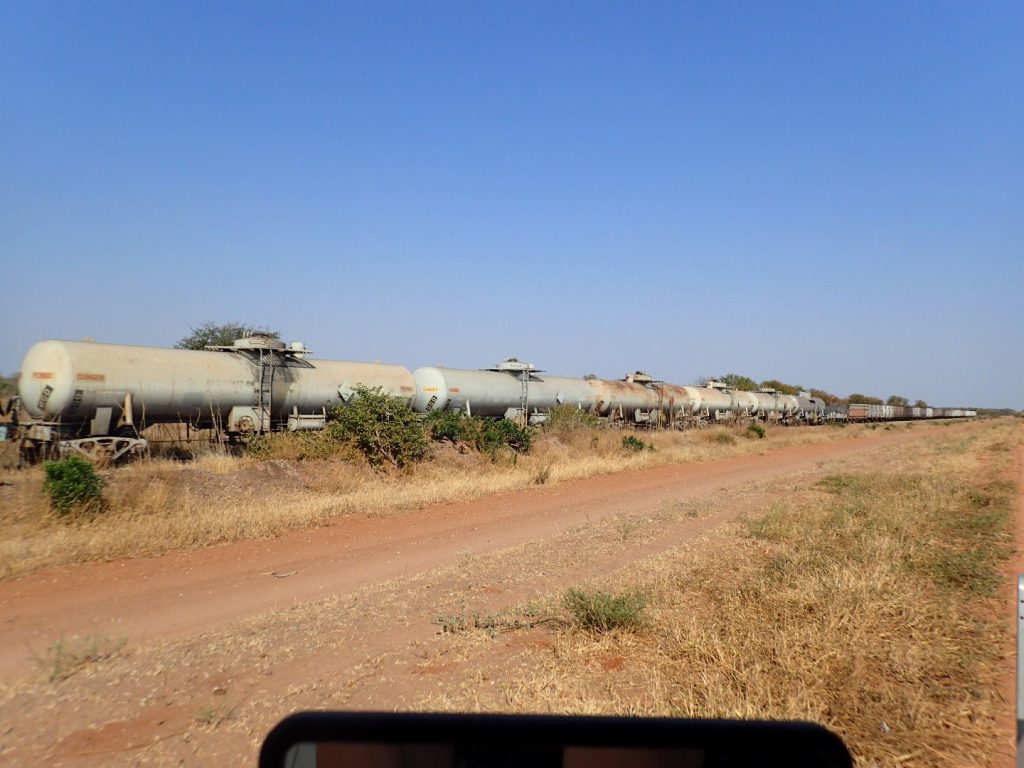
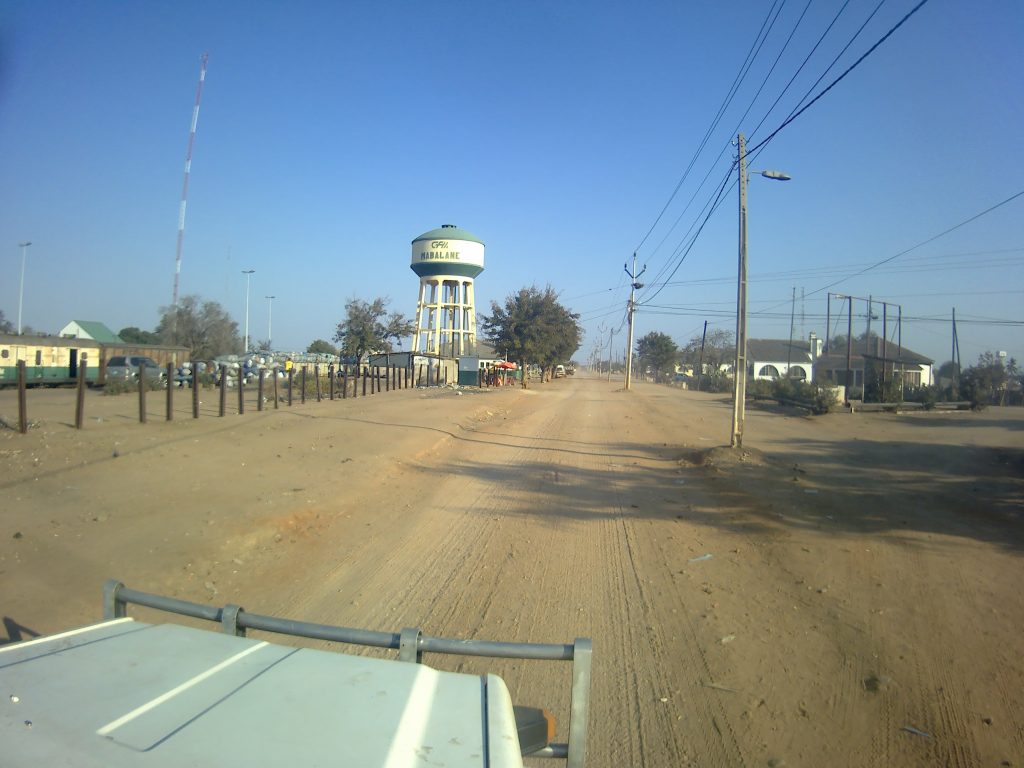
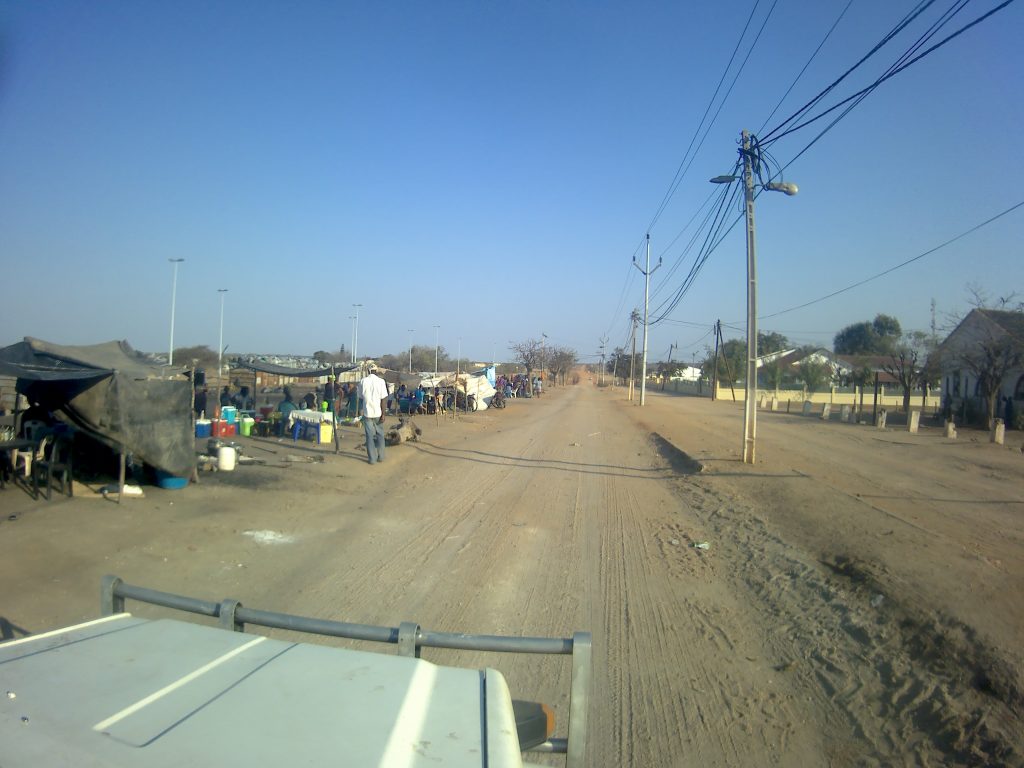
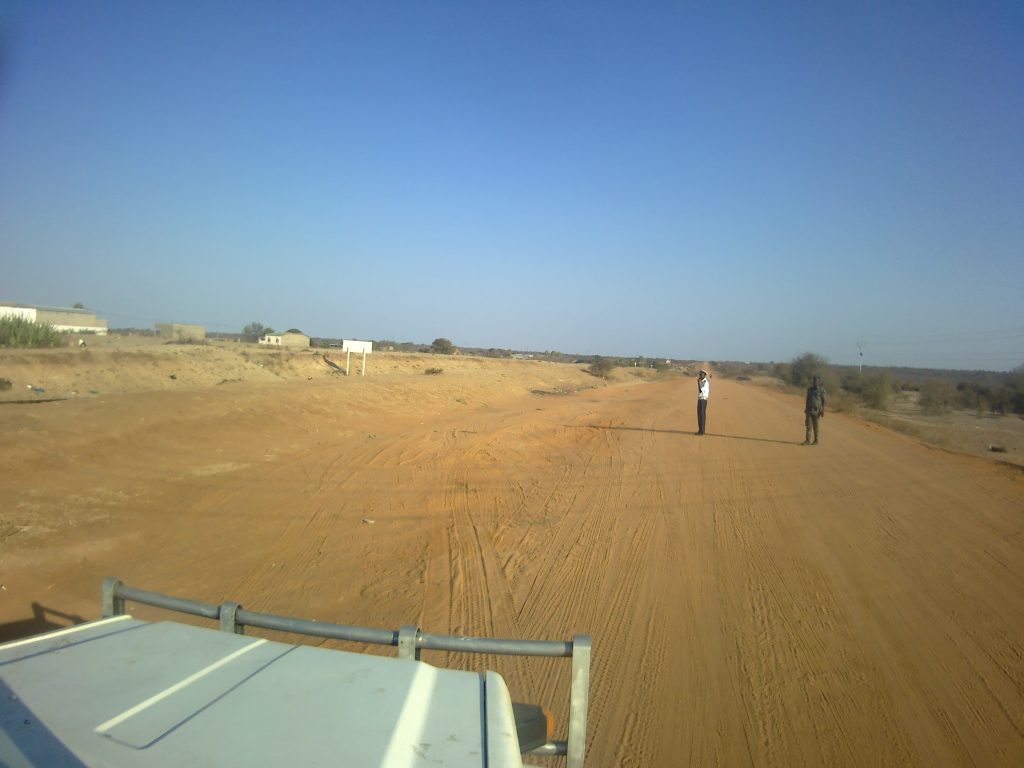
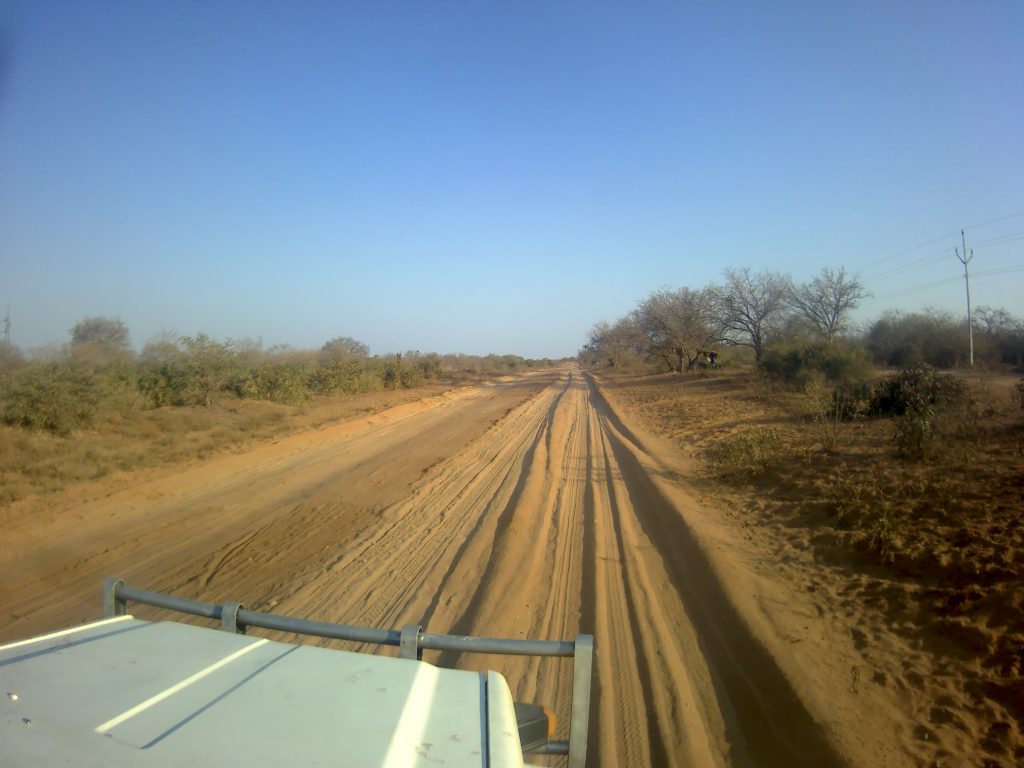
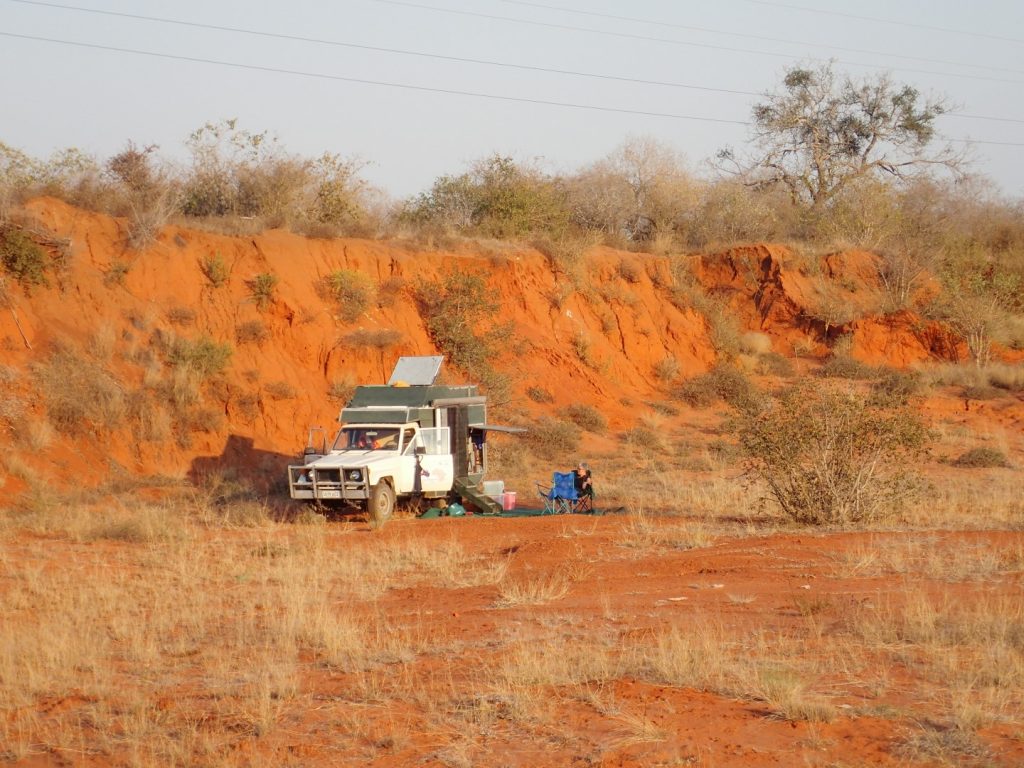
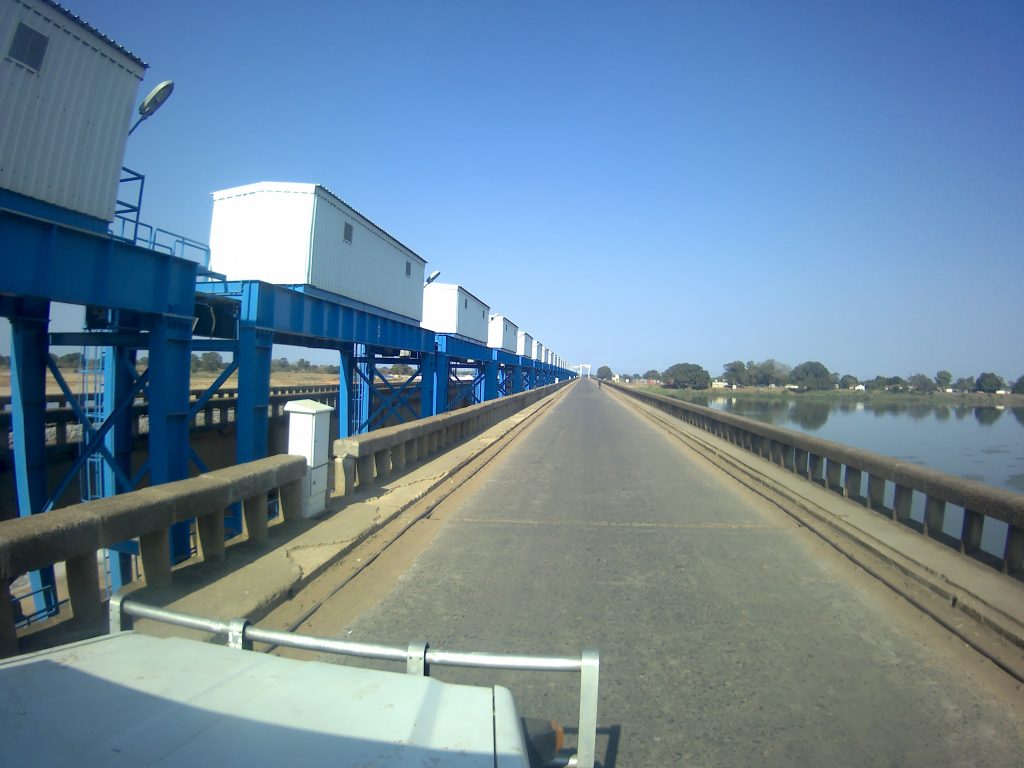
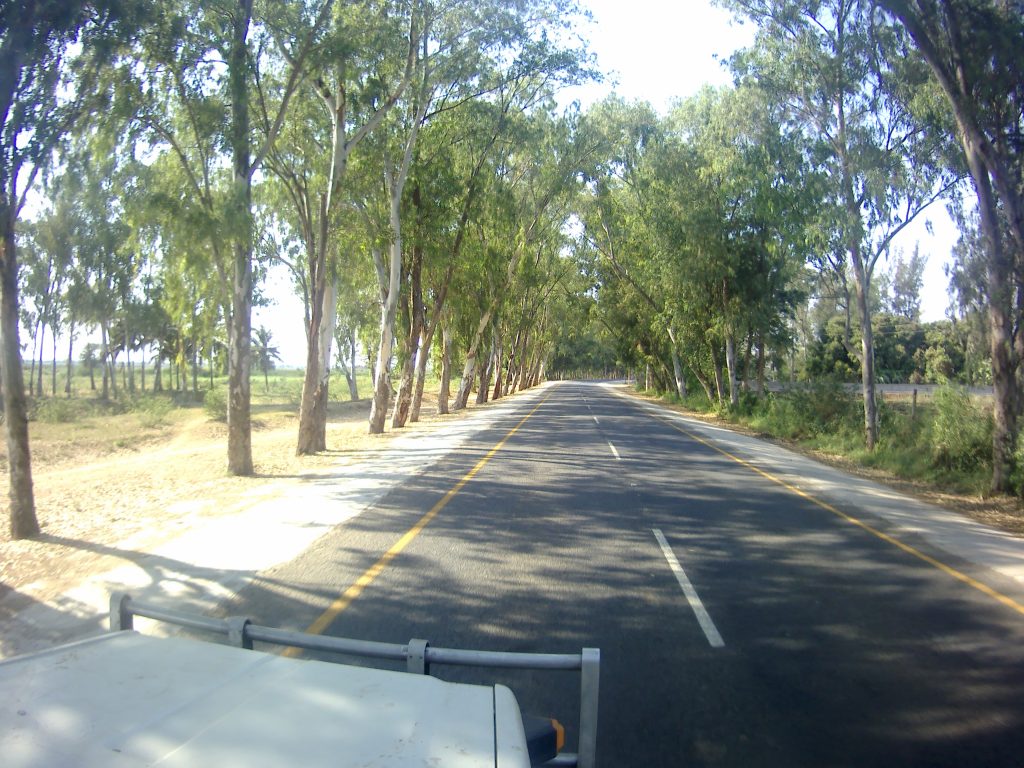
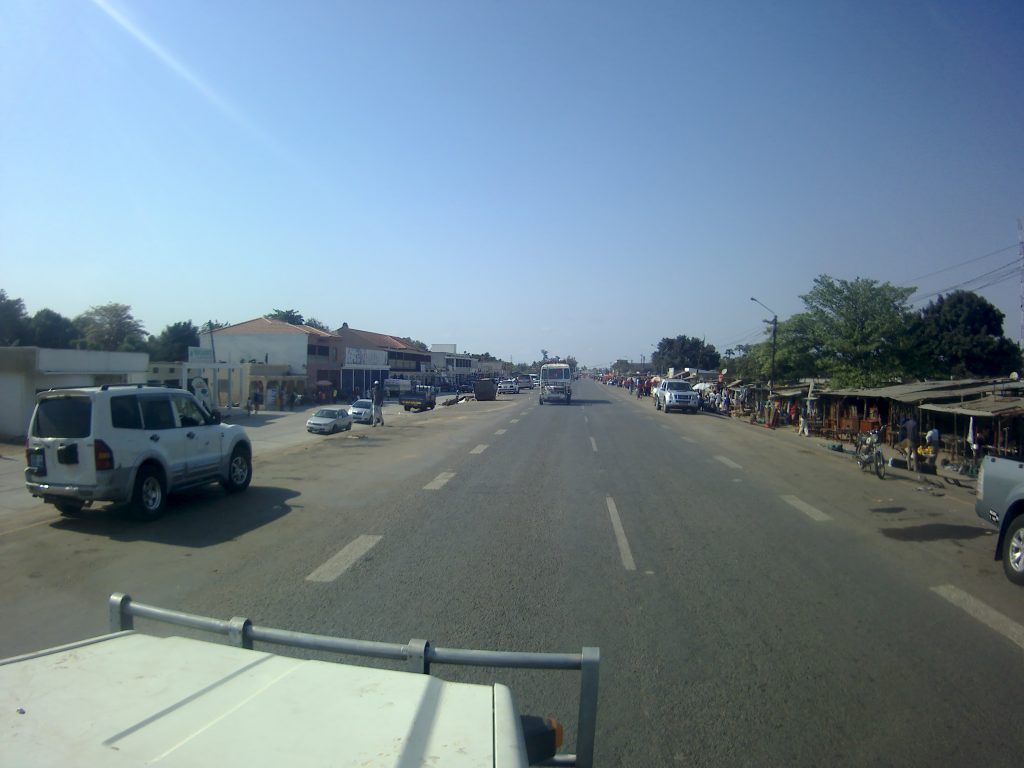
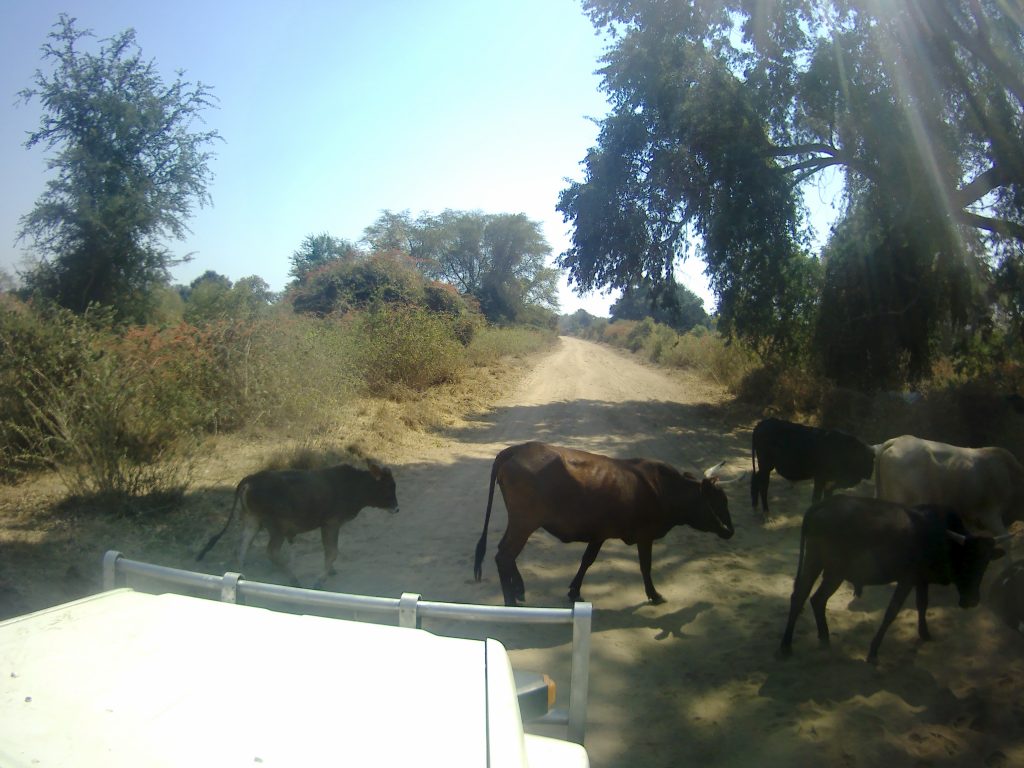
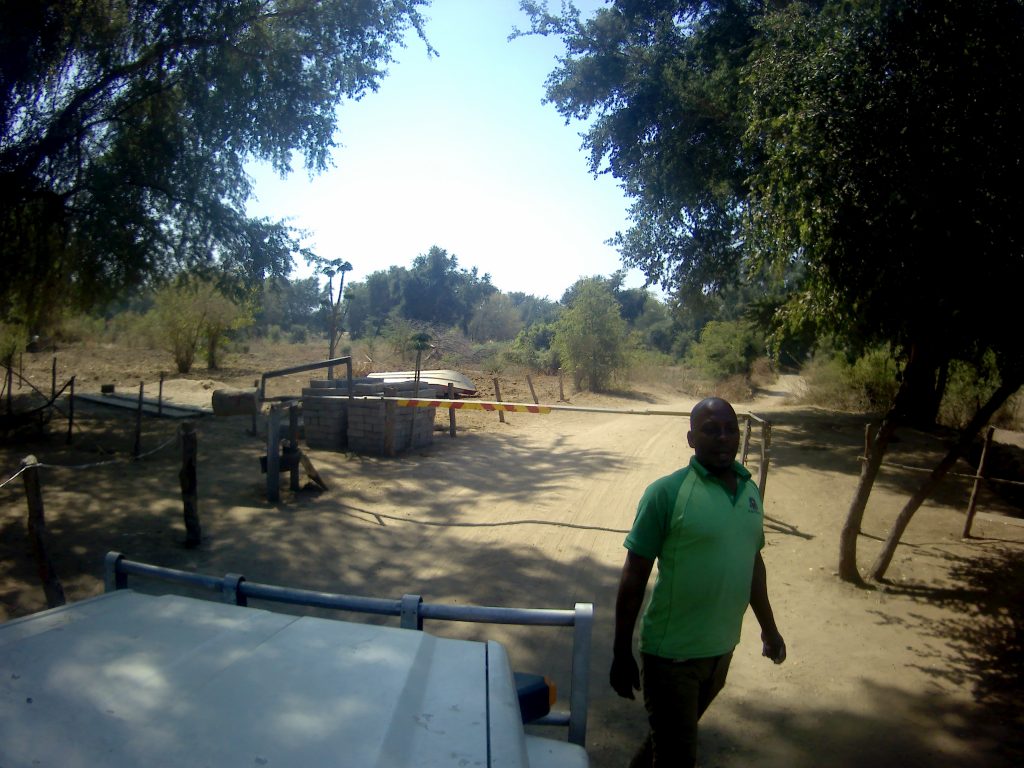
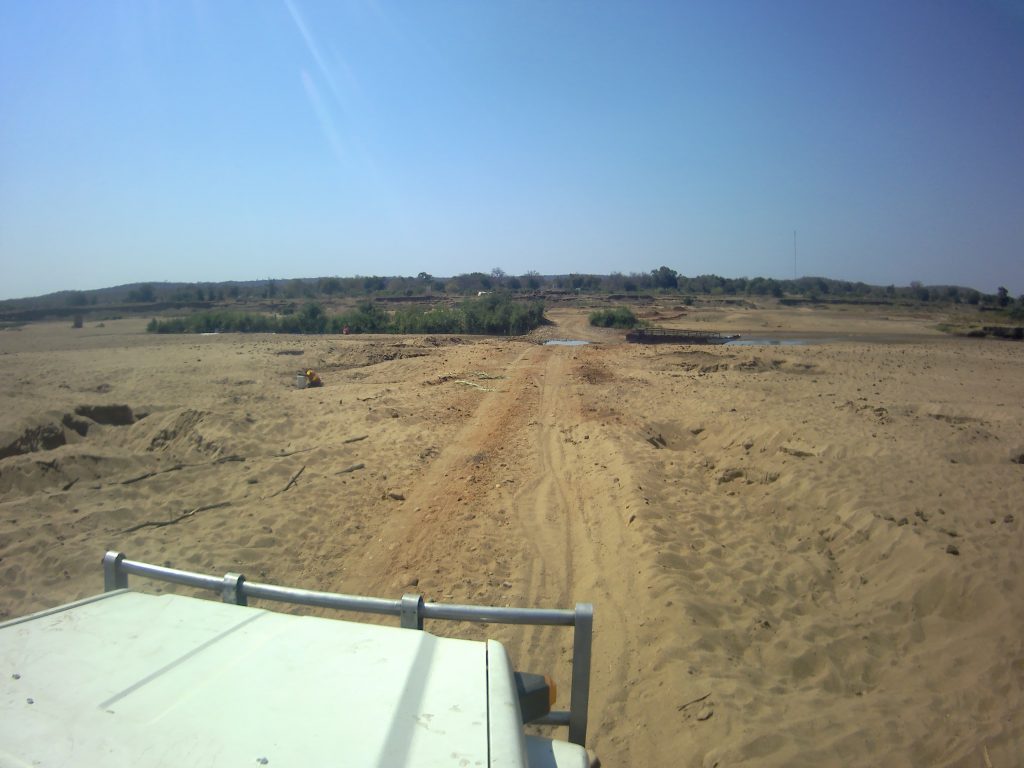
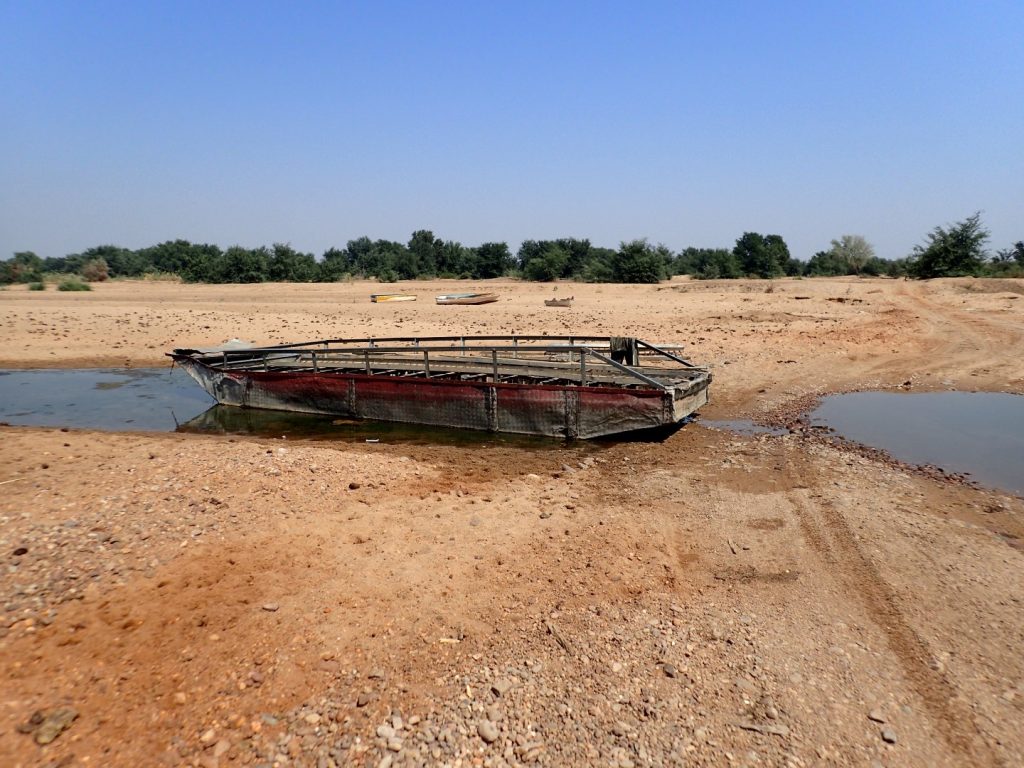
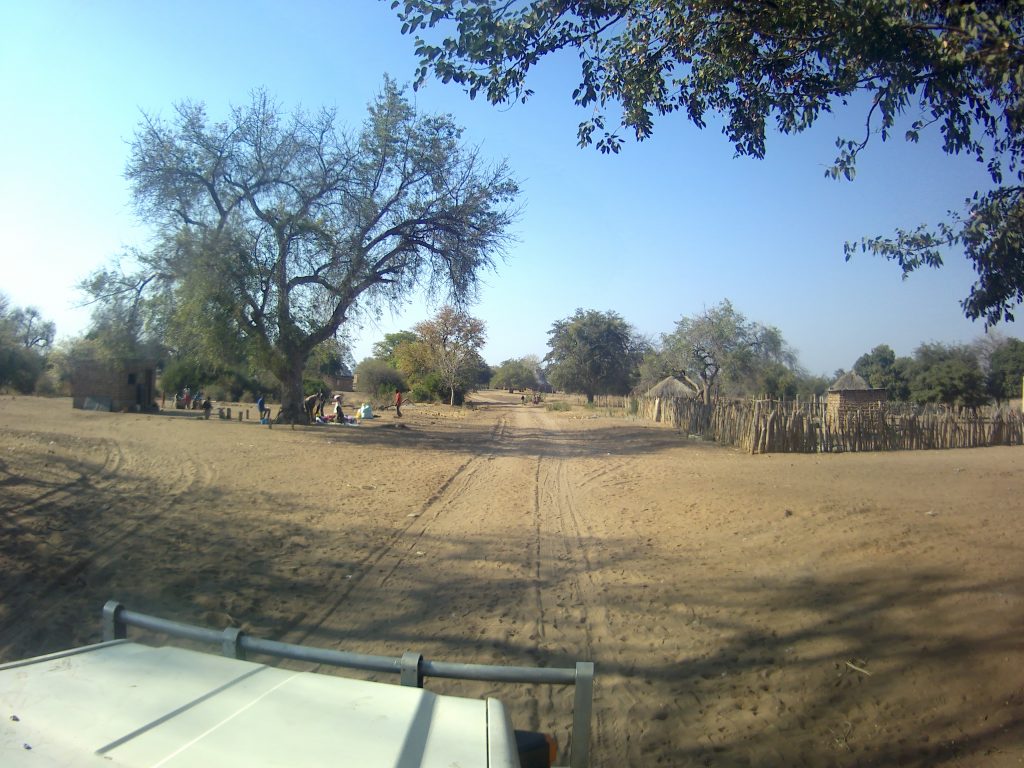
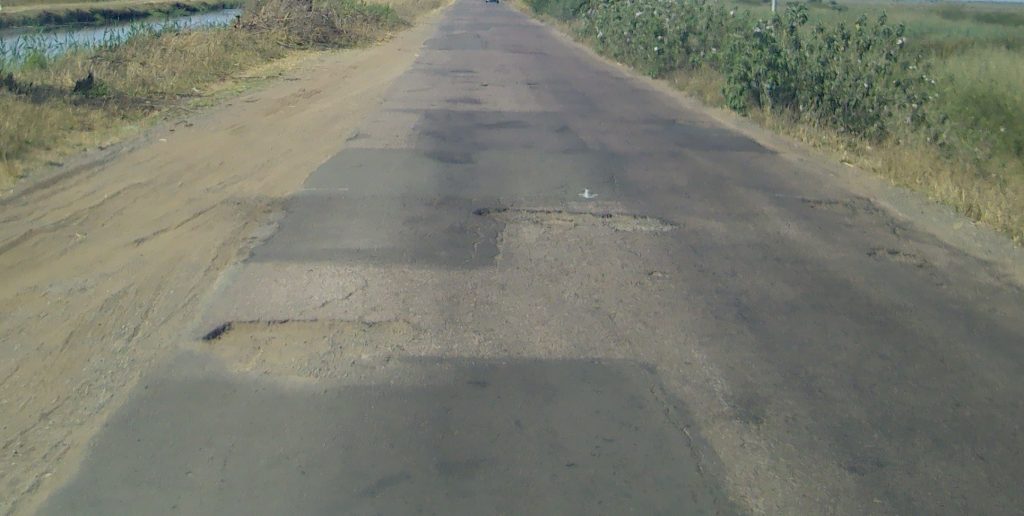
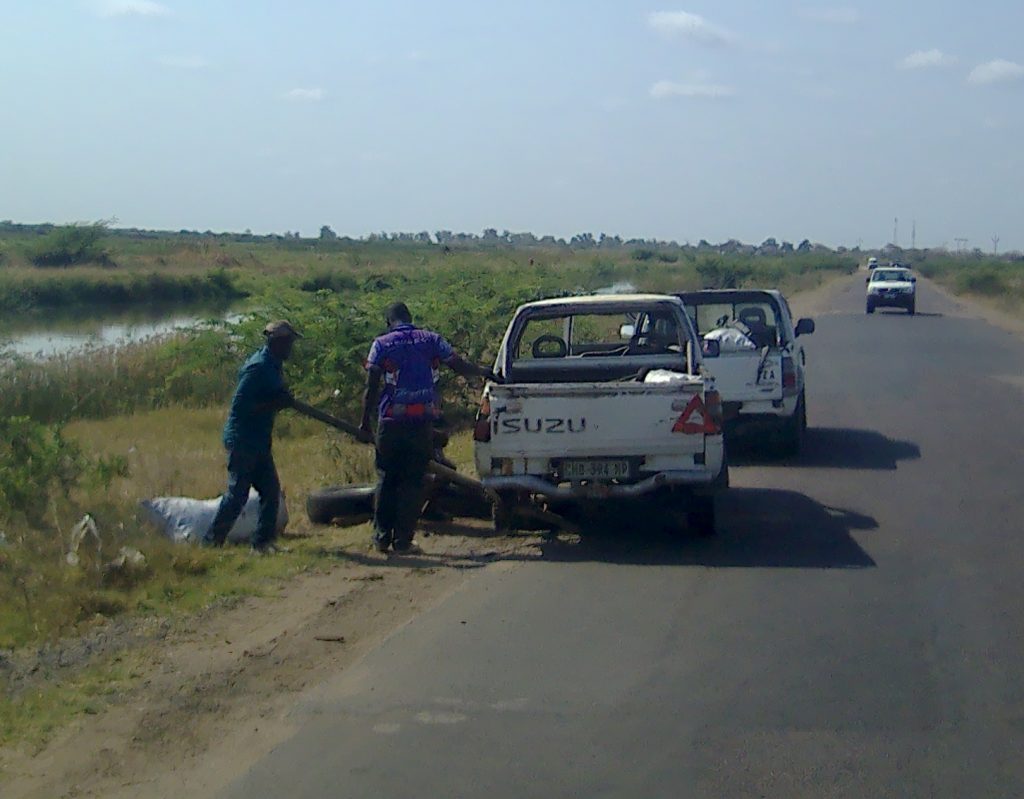
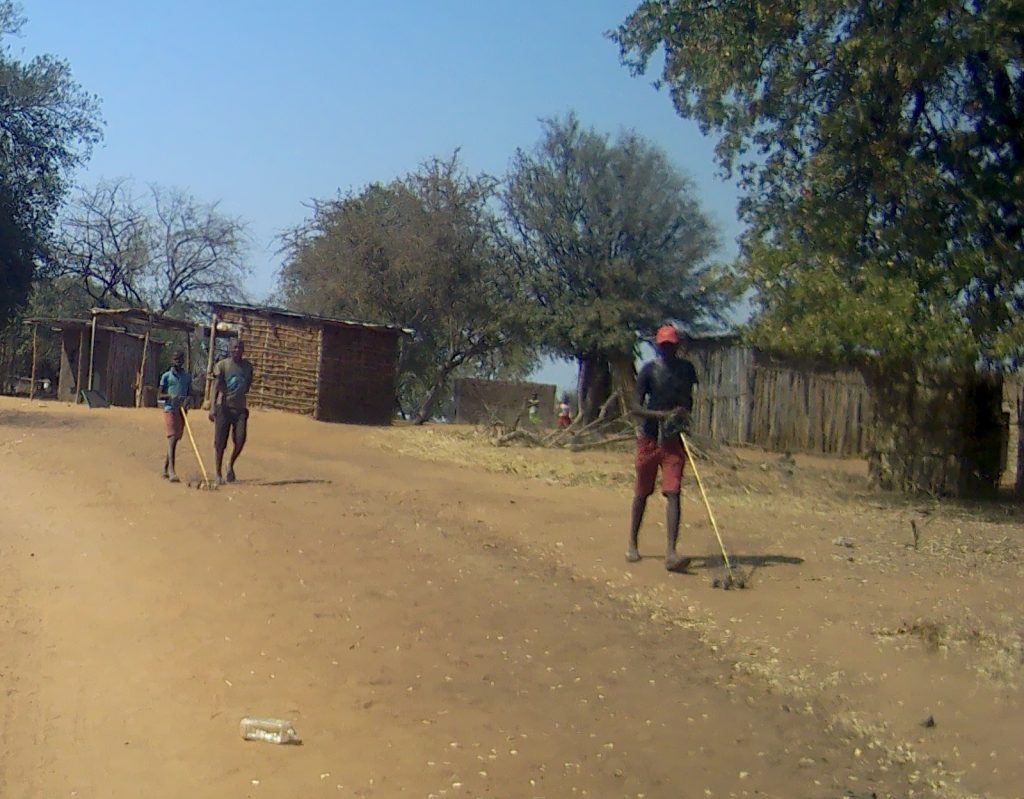
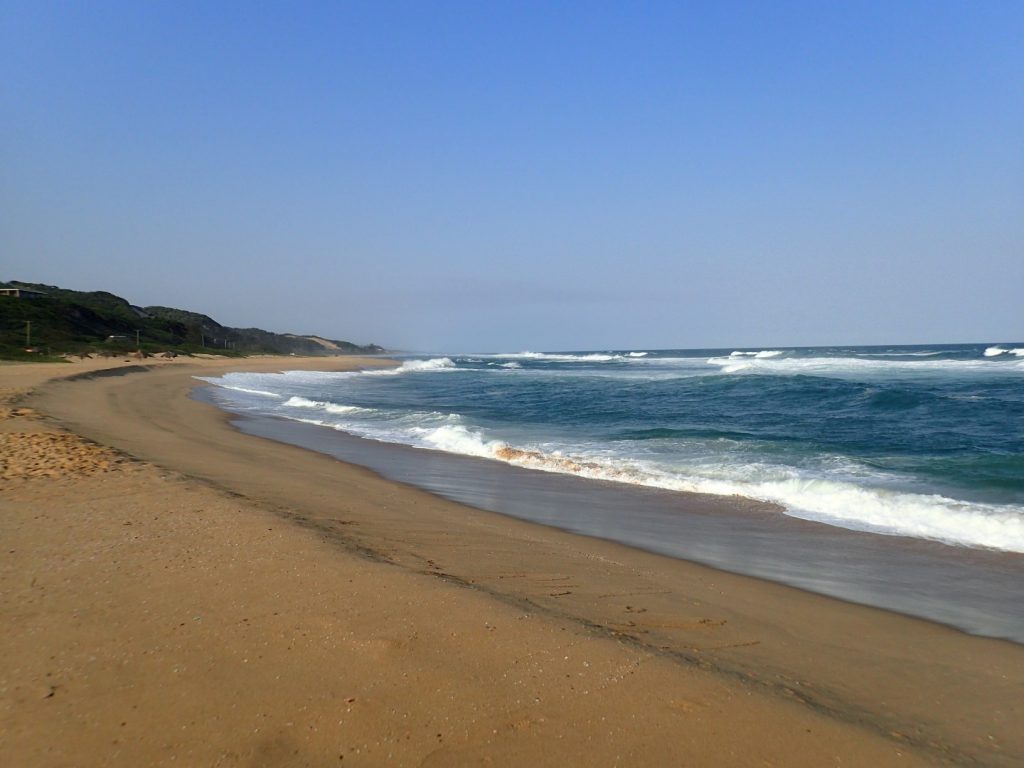
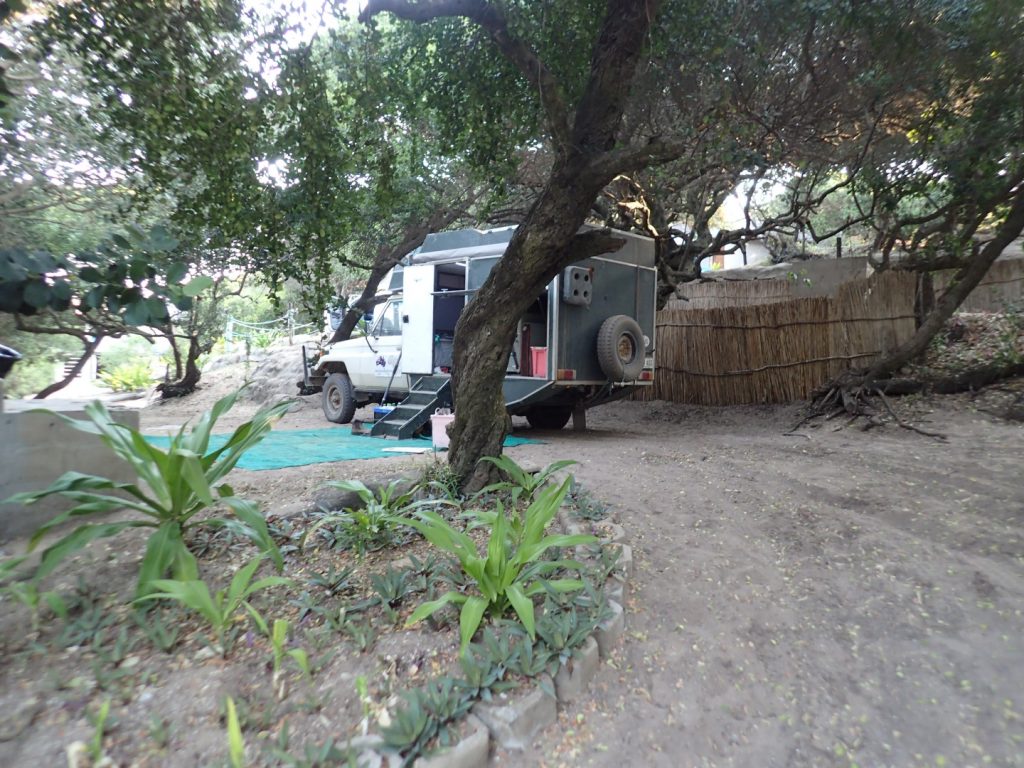

Motto is ” always have a spare bottle of PEPCI for bribery ”
Lovely pictures Greg!! the avenue of eucalyptus trees are surely what you must have in Australia , that another thing I remember from my school days!!
Lots of wild animal must have been wonderful to see .
Take care and carry on .
Love Margaret xx
Margaret, when I was in a local supermarket yesterday, I was tempted to buy a few cans of local soft drink to use as ‘refrescos’. Not that I think we should be bribing officials, but standing out in the sun for hours at a time must be thirsty work! We do have some lovely eucalyptus trees at home, there’s a suburb near us that has some really big old ones. xxx
You can tell I don’t know much about cola(never drunk it) but can’t spell Pepsi correctly either . X
Hi Margaret, I don’t have much idea about cola drinks either. Greg can taste the difference between Coke and Pepsi and between the sugar and no-sugar varieties. They’re all just black drinks to me!